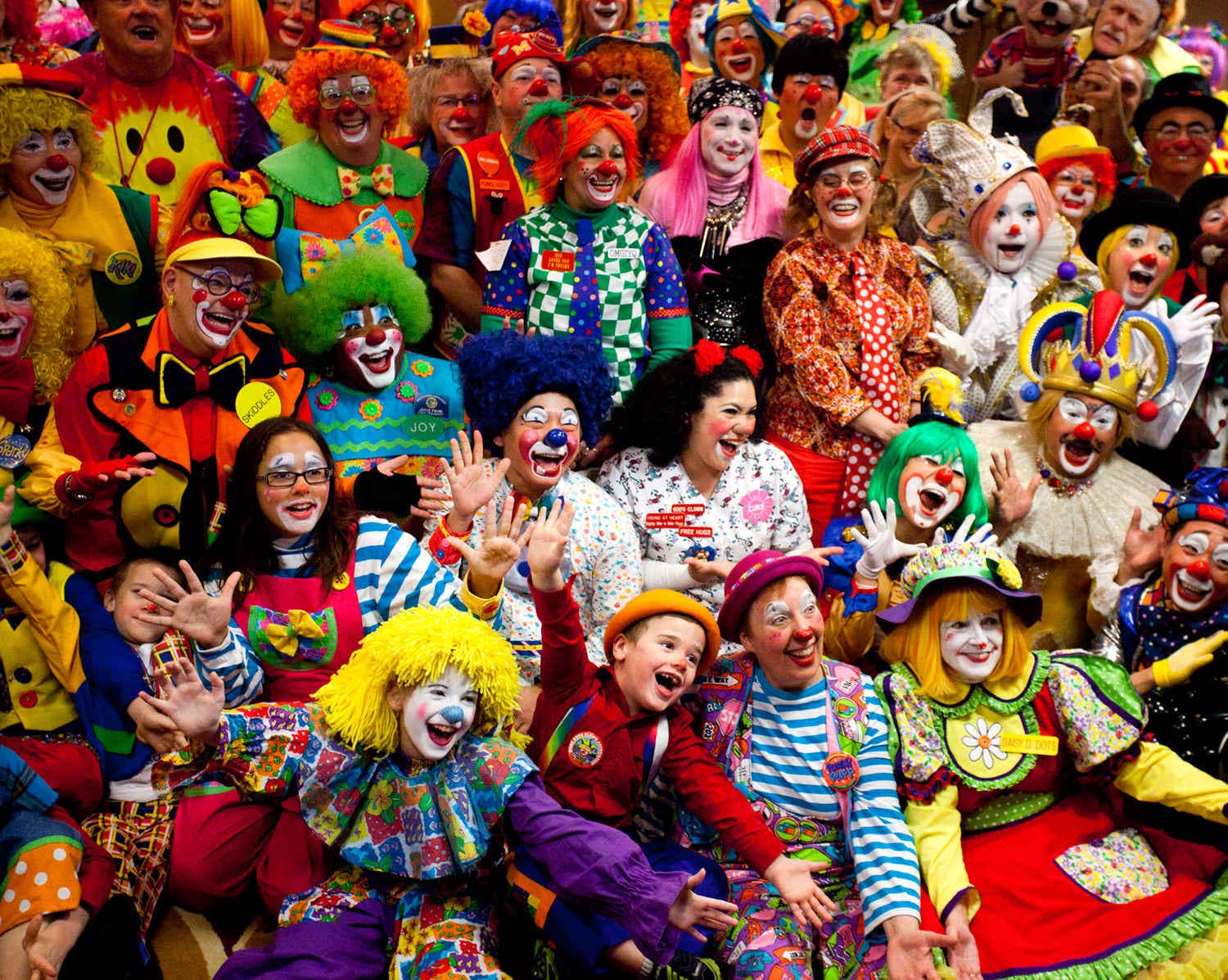9 Easy Facts About All Occasion Performers Described
Table of ContentsThe Ultimate Guide To All Occasion PerformersThe 5-Second Trick For All Occasion PerformersThe Buzz on All Occasion PerformersAll Occasion Performers Things To Know Before You Get ThisAn Unbiased View of All Occasion Performers
Political cartoonist Thomas Nast based his illustrations of Uncle Sam on Rice and his outfit. Dan Rice was an established pet trainer. He focused on pigs and burros, which he trained and sold to various other clowns. He also offered an act with a trained rhinoceros and is the only individual in circus history to present a tightrope walking elephant.He was likewise a benefactor who provided generously to several charities and he erected the very first monolith to soldiers killed during the Civil War - Party clown. Beginnings of the Auguste characterThere is a widely told tale regarding the beginnings of the Auguste clown. According to the tale, an American acrobat named Tom Belling was executing with a circus in Germany in 1869
The supervisor suddenly got in the area. Belling took off running, winding up in the circus sector where he fell over the ringcurb. In his humiliation and rush to leave, he fell over the ringcurb once more on his way out. The audience shouted, "auguste!" which is German for fool. The supervisor regulated that Belling proceed showing up as the Auguste.
Top Guidelines Of All Occasion Performers
For one point, the word Auguste did not exist in the German language until after the character became popular. Among the theories of the real beginning is that Belling copied the character from the R'izhii (Red Haired) clowns he saw when he explored Russia with a circus (https://justpaste.it/). Characters like the auguste absolutely existed formerly

The dancing later came to be known as tap dancing. It should be noted that there are alternate 'beginnings' for the vagrant personality"one of which was the traveling "hoe children," or itinerant farm workers, that rode the rails from one community to another, wiping the soot away from their eyes & mouth.
Some Known Questions About All Occasion Performers.
Note that the scare wig, exaggerated lips and eyes, oversized garments and props of the American clown, props such a seltzer water, stuffed clubs, taking off stogies, and whistles full of soot, are not Grimaldi's. They come from Tambo and Bones. The English blackface comedian Charles Mathews concerned America in 1822 to perform and examined black life and customizeds.
In such plays there is address a mishmash of characters consisting of "kings" and "saints", cross-dressing, and blackface duties; the faces of Morris (or "Moorish") professional dancers were additionally smudged. A lot of were done by inadequate males in the hungry time after Christmas.
The Derby Play of the Tup was carried out for food and beer by unemployed young people. One such demonstration has actually gotten in American history as the Boston Tea Event.
A Biased View of All Occasion Performers

While not the extravagant affairs we think about today, some early, rougher forms of traveling circus were prominent in America from Revolutionary times-- George Washington was a follower. Blackface clowns performed in them from at the very least the 1810s and perhaps before; they were a staple by the 1820s. The vast red or white mouth repainted on by modern clowns is a remnant of the blackface mask.
The blackface mask was a clown's disguise, overemphasizing the facial attributes right into a cartoon, a caricature. The blackface clown might be the forerunner of today's anodyne circus clown, yet otherwise the 2 are as contrary as blackface and whiteface.
An Unbiased View of All Occasion Performers
That in nineteenth-century America was more of an Apart from the Negro? What far better mask than blackface? In numerous traditions the clown would certainly show some physical defect, like a hunchback, dwarfism-- or like Jim Crow, lameness - Corporate events near me. And because he was various, an Others, the clown was permitted to state and do things no person else could.
Satire and apology were central to minstrelsy. It's intriguing that in the West African cultures where most slaves came, the poet-singer griot served the exact same satirical jester function when the celebration developed. That may have something to do with the interested (to us, looking back) convenience with which Southern Blacks approved not simply the music but even the demeaning wit of minstrelsy.

Emmett Kelly was the finest recognized vagrant clown with his character "Weary Willie."Tramp clowns are experienced: + jugglers + illusionists + pianists + chalk talk musician + bikers.
Comments on “The Definitive Guide to All Occasion Performers”